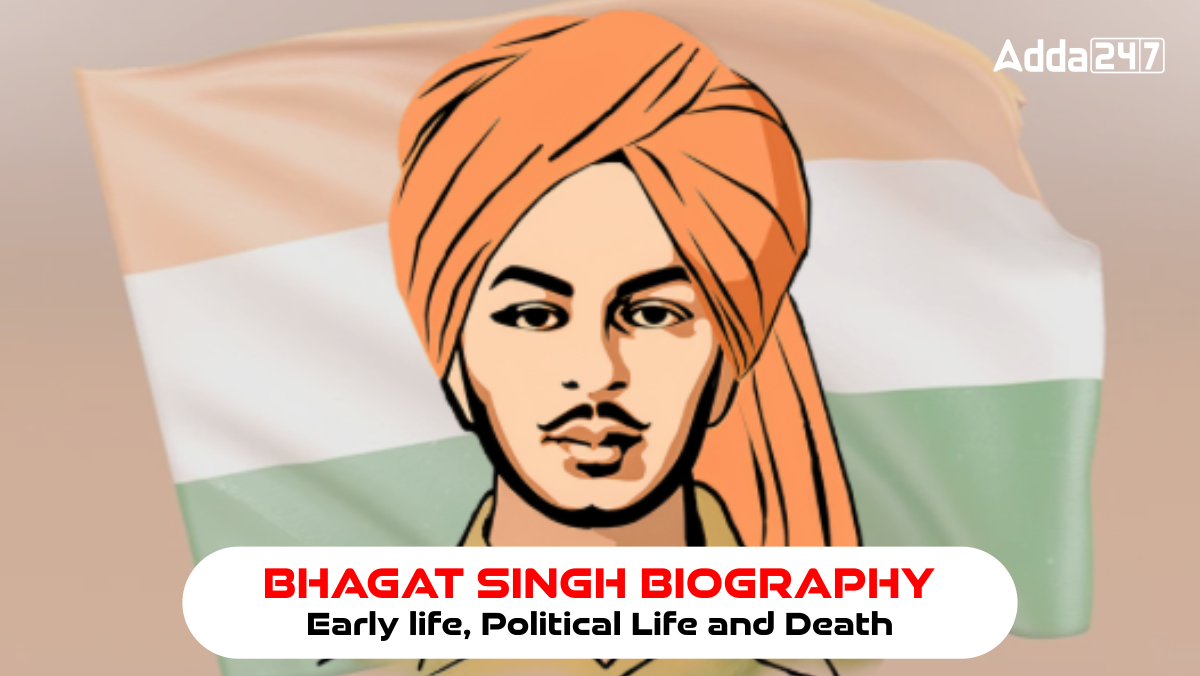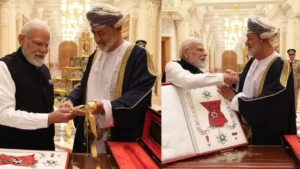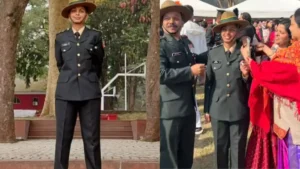Bhagat Singh, fondly known as “Shaheed” Bhagat Singh, stands as an icon of unwavering patriotism and unyielding determination in India’s history. Born on September 28, 1907, in Punjab, Bhagat Singh grew up in a family of freedom fighters, which instilled in him a deep love for his nation and a burning desire to free it from British colonial rule. He embraced the revolutionary spirit at a young age, becoming one of the most prominent figures in India’s fight for independence. Bhagat Singh’s life and sacrifice continue to inspire generations of Indians.
Early Years and Joining HRA
Bhagat Singh’s journey into the world of revolution began at a young age when he joined the Hindustan Republican Association (HRA). This decision would shape the rest of his life, leading him to take bold actions in the fight against British colonialism.
Act of Sabotage
Bhagat Singh’s commitment to the cause of independence led him to participate in daring acts of sabotage against British institutions. Notably, he was involved in an attempt to bomb the Central Legislative Assembly in Delhi, a symbol of British authority.
Assassination of John Saunders
In 1929, Bhagat Singh and two fellow activists were convicted of assassinating John Saunders, a British police officer. This event had significant repercussions and thrust Bhagat Singh into the national spotlight as a revolutionary hero.
Presidency of HRA
Shortly before his execution, Bhagat Singh was elected as the president of the Hindustan Socialist Republican Association (HSRA), further solidifying his leadership role in the fight for independence.
Ideological Foundation
Bhagat Singh was born into a politically conscious family that supported the Ghadar Party, which advocated for India’s freedom from British rule, influenced by his family ideals and the events of the time, including the Jallianwala Bagh Massacre and the murder of unarmed Akali demonstrators, he developed a strong sense of patriotism from a young sense.
Initially, Bhagat Singh supported Mahatma Gandhi’s Non-Cooperation Movement, but his divergence from Gandhi’s nonviolent path became evident after the Chauri Chaura incident. He disassociated himself from the nonviolent movement and embraced a more radical approach to achieve India’s independence.
Revolutionary Activities
Bhagat Singh’s early activism consisted of writing critical articles against the British government and distributing leaflets that called for a violent uprising against colonial rule. One of the pivotal moments in his life was the protest against the Simon Commission in 1928, during which Lala Lajpat Rai was fatally injured by the police. In retaliation, Bhagat Singh and his associate assassinated J.P. Saunders, mistaken identifying him as the responsible officer.
The Central Assembly Bombing in Delhi on 8th April 1929, marked another significant turning point. Bhagat Singh and Batukeshwar Dutt detonated a bomb in the Central Assembly to protest repressive laws, deliberately avoiding any physical harm to individuals. Their objective was to “make the deaf hear” and draw attention to their cause.
Arrest, Trial and Hunger Strike
Following the Central Assembly Bombing, Bhagat Singh, along with Rajguru and Sukhdev, was arrested and put on trial. During his trials, Bhagat Singh displayed remarkable courage and used the platform to propagate his message of revolution and anti-imperialism. He famously declared, “Force, when used violently, is ‘violence’ and is thus, morally indefensible, but when it is used in support of a righteous cause, it has its moral legitimacy.”
While in prison, Bhagat Singh and his fellow political prisoners launched a hunger strike to protest their testament. Their demands included access to literature, newspaper, equality in food and clothing standards and an end to forced labor. The hunger strike garnered widespread support and became a powerful symbol of resistance.
Martyrdom and Legacy
On March 23, 1931, Bhagat Singh, Rajguru and Sukhdev were executed in the Lohore Jail. They faced their end with unwavering resolve, shouting slogans of “Inquilab Zindabad” and “Down with British Imperialism.” Their martyrdom left an indelible impact on India’s struggle for freedom and inspired countless individuals to join the fight against colonial oppression.
Bhagat Singh’s legacy continues to resonate with the people of India. He symbolizes the spirit of fearlessness, sacrifice and dedication to the nation.
Find More General Studies News Here




 PM Modi Receives Oman’s Highest Honour, ...
PM Modi Receives Oman’s Highest Honour, ...
 Who Is Sai Jadhav? India’s First Woman O...
Who Is Sai Jadhav? India’s First Woman O...
 India and Saudi Arabia Sign Visa Waiver ...
India and Saudi Arabia Sign Visa Waiver ...







